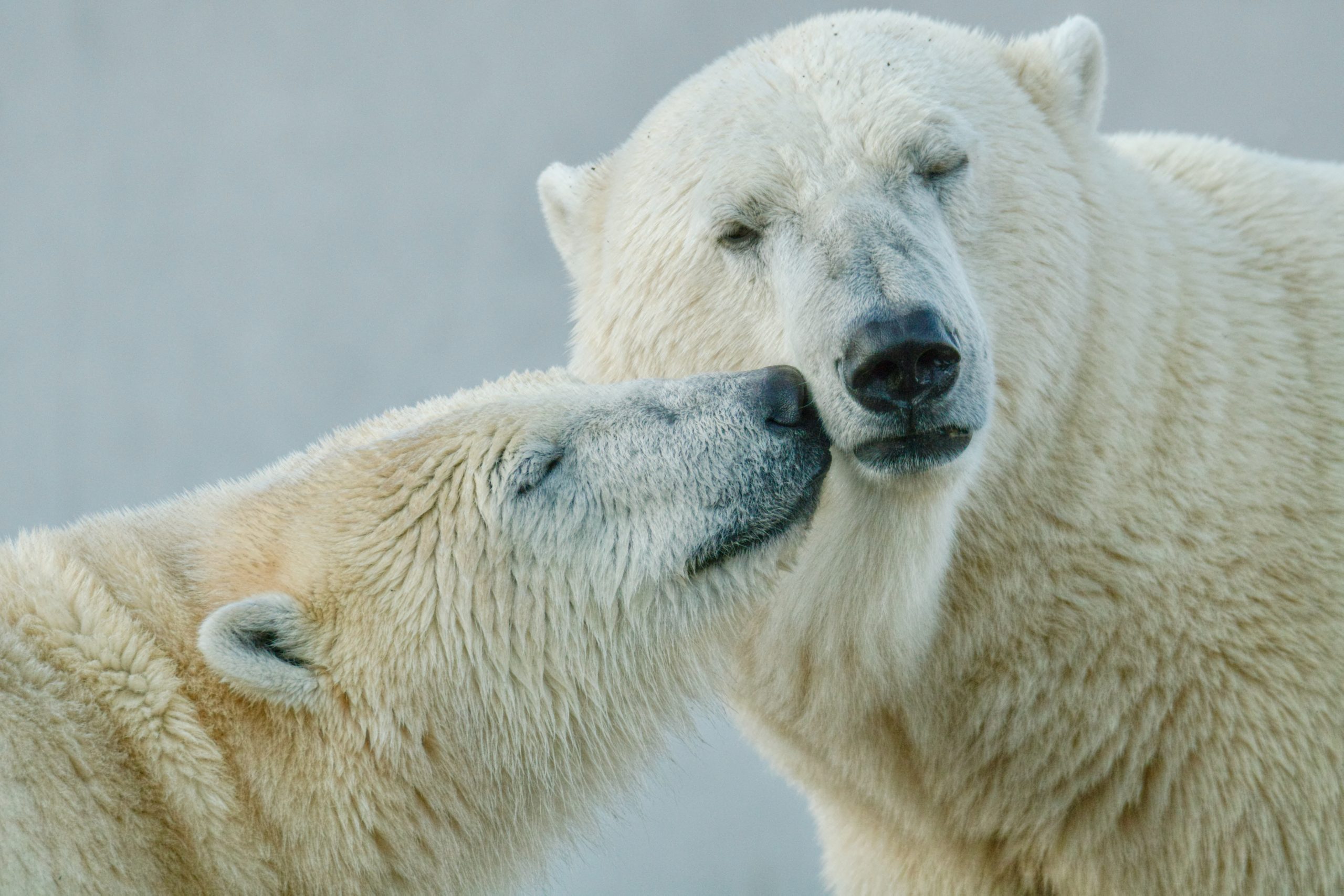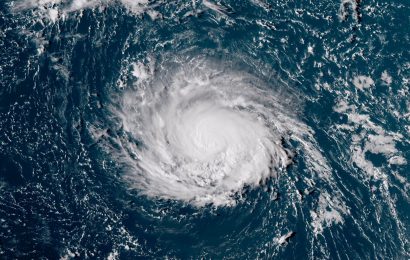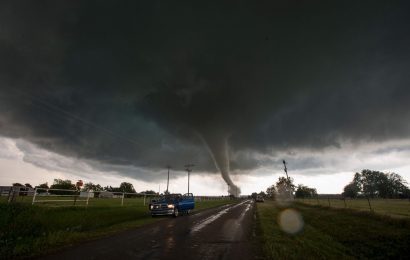The majority of the world’s polar bear population is found in Canada, with an estimated 60% of polar bears living in the country.
They are vulnerable to habitat loss and other threats caused by climate change, including the loss of sea ice due to rising temperatures, as a result, they are classified as a vulnerable species on the International Union for Conservation of Nature (IUCN) Red List of Threatened Species.
A government report estimates that the polar bear population of Hudson Bay, on the southern tip of the Canadian Arctic has dropped by 27% in just five years. In Churchill, a town located on the edge of the Arctic, known as the “polar bear capital of the world” researchers count the number of bears, every five years and extrapolate population trends.
In 2021 when researchers last surveyed Western Hudson Bay — home to Churchill, by air, they estimated there were 618 bears, compared to the 842 five years prior. Also, the researchers revealed “significant declines in the abundance of adult female and subadult bears between 2011 and 2021”.
“The observed declines are consistent with long-standing predictions regarding the demographic effects of climate change on polar bears,” the government report says. Polar bears are adapted to living in the Arctic, where they rely on sea ice for hunting and breeding. Since the ‘80s, the ice pack in the Hudson Bay has decreased by nearly 50% in summer, according to the US National Snow and Ice Data Center.
The report showed, that particularly female bears and cub numbers are declining, and that might be due to climate change. “The capacity for polar bears in the Western Hudson Bay to reproduce will diminish,” Stephen Atkinson, the lead author said, “because you simply have fewer young bears that survive and become adults.”
Source: apnews.com




